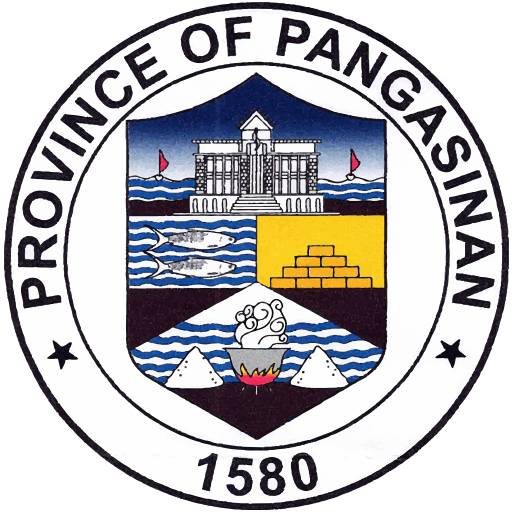Intro
Crescent-shaped and located along the coast, Pangasinan is a home to at least 3 million Pangasinenses. It is comprised of 44 municipalities and 4 cities. Strategically located in the north of the Philippines, Pangasinan is arguably a hidden paradise. The province’s capital – Lingayen – is historically known as the site where General Douglas MacArthur set foot in World War II after sailing through Lingayen Gulf in pursuit of the hostile Japanese army. Others know Pangasinan as the birthplace of the country’s national anthem, Lupang Hinirang which originated from a poem written by Jose Palma when he stayed in Bautista, Pangasinan in 1899. During the Philippine-American War from 1899 to 1913, it is known that the Pangasinan town of Bayambang became the seat of government of Gen. Emilio Aguinaldo for a time.
About Pangasinan
The third biggest province in the whole Philippine Archipelago derived its name from salt or “asin” in the vernacular. Owing to the rich and fine salt beds which were the prime source of livelihood for the province’s coastal towns, PanagASINan or “Pangasinan” which means “where salt is made” came to be its name.
The province is crescent-shaped and occupies 536,818 hectares of land area which constitutes almost one-half (41.8%) of the total land area of Region 1 and 1.8% of the total area of the Philippines. Composed of 4 cities and 44 municipalities, it is bounded on the north by the Lingayen Gulf, La Union, and Benguet, on the north-east by Nueva Vizcaya, on the east by Nueva Ecija, on the south by Tarlac, and on the west by Zambales and the China Sea.
Owing to its diverse cultural heritage rooted in centuries of glorious history and a way of life that is a delightful combination of tradition, innovation, and creativity, the warm, polite, hospitable, hard-working and fun loving 2.65 million Pangasinenses (2007 census) enjoy the best of Provincial Philippines where you find both the familiar and unfamiliar world, abreast with modern technological times, but with a preserved vast panorama of outstanding natural beauty and unique attractions.
Pangasinan boasts of stretches of white, sandy beaches, verdant hills, scenic terrains, caves, waterfalls, ancient Hispanic churches, miraculous destinations for devotees, a vast coastline for fishing, water sports or leisurely walking along the Lingayen beach where one can get a glimpse of the world-famous Philippine sunset.
Being a gateway of sorts, the province is house to major and minor telecommunication companies, bus and transport services, regional and local publications, radio stations, television networks, cable services, hotel and restaurant chains, and a diversified variety of manufacturing and merchandising establishments.

